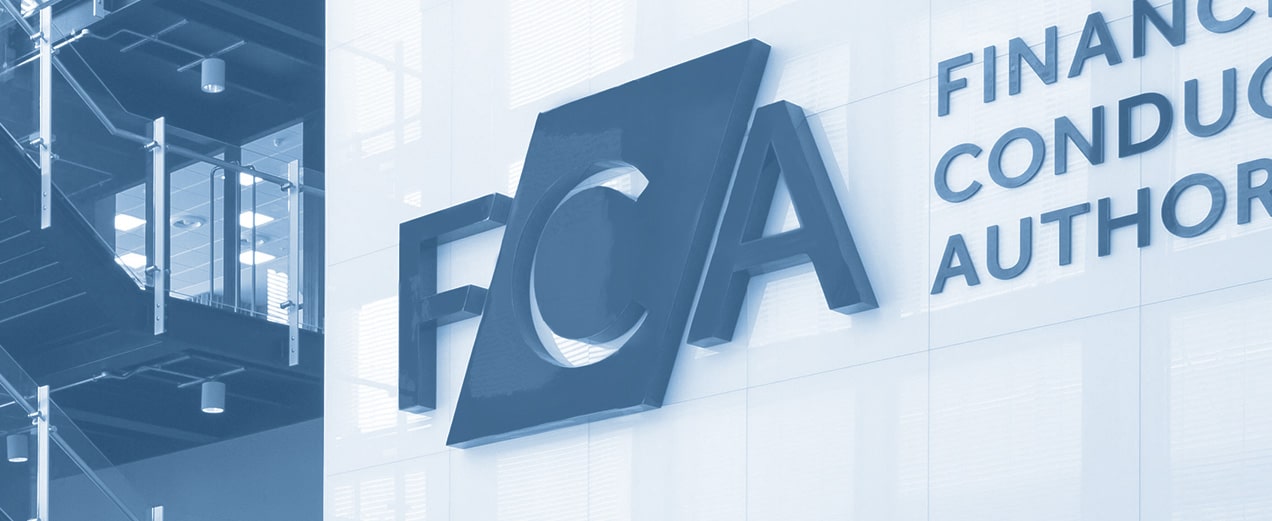Cryptocurrency Regulation
FCA seeks ‘balancedʼ approach to stablecoins, relaxes reserve requirements
• 0 minute read
June 3, 2025

The UK Financial Conduct Authority (FCA) is seeking a “balanced” approach to crypto-asset prudential risks, and is proposing looser reserve requirements, according to David Geale, executive director for payments and digital finance at the regulator.
In a statement, he said: “At the FCA, we have long supported innovation that benefits consumers and markets. At present, crypto is largely unregulated in the UK. We want to strike a balance in support of a sector that enables innovation and is underpinned by market integrity and trust.”
By applying the “same risk, same rule” principle, the FCA is loosening reserve requirements for stablecoin backing assets in the UK, with details outlined in two consultation papers published on May 28.
A spokesperson for the UK Prudential Regulation Authority (PRA) said that in line with its memorandum of understanding (MOU) with the FCA, the two regulators are sharing information relevant to each other’s objectives, including on crypto-asset firms.
The two consultation papers are part of the FCA’s Crypto Roadmap, which, in its next phase, will address conduct and business standards among crypto firms.
New reserve regime
In the most recent papers, the FCA proposed adding elements to the prudential sourcebooks — COREPRU and drafted CRYPTOPRU — including new definitions and requirements for licensing as stablecoin issuers in the UK.
Similar to the US GENIUS Act, the UK is introducing a one-to-one backing reserve for stablecoins, with eligible assets required to be “low risk, secure, sufficiently liquid” and denominated in pounds sterling.
UK-based stablecoin issuers will also be able to use long-term public bonds, repurchase agreements (repos) and money market funds (MMFs) as backing assets, in addition to on-demand bank deposits and short-term government bonds. The three proposed assets have not been permitted in other jurisdictions, including the US and the EU.
The proposal will allow up to 95% of assets to be held in long-term bonds, MMFs or repos, with only 5% needed in bank deposits.
International standards
The UK’s eligible assets list is less strict than the EU’s Markets in Crypto-Assets Regulation (MiCA), which requires 30% to 60% of reserves to be held in credit institutions or bank deposits.
Additionally, EU-based stablecoin issuers must hold reserves primarily in government debt or highly liquid investments, with only limited flexibility for high-quality liquid assets.
In the consultation paper, the FCA explained: “We have considered a sample of international regimes’ requirements (the EU’s MiCA, the Monetary Authority of Singapore’s and Hong Kong Monetary Authority’s stablecoin issuance regimes). Our proposed regime cannot be compared like for like to the standards devised by other jurisdictions.”
The regulator declined to say why it had chosen to deviate from the current international consensus.
Regulatory boundaries
Meanwhile, the cross-authority roadmap on innovation in payments highlighted that the Bank of England (BoE), and therefore the PRA, will regulate stablecoins and payment systems that reach systemic scale.
Although the FCA will remain the main authority for the reserve regime, the BoE and FCA will “work closely” to manage the transition from innovation at a non-systemic level. For firms regulated and supervised by the PRA, its prudential framework will continue to apply to any stablecoin holdings, said the PRA spokesperson.
The PRA also issued two Dear CEO letters, outlining its expectations for firms’ crypto-asset exposures in 2022 and innovations in e-money and stablecoins in 2023. The BoE is expected to launch a detailed consultation in late 2025, focusing on regulating systemic stablecoins and transferring oversight from the FCA to the BoE.
The consultation period on the FCA proposals closes on July 31, 2025, and final rules will be published in 2026.